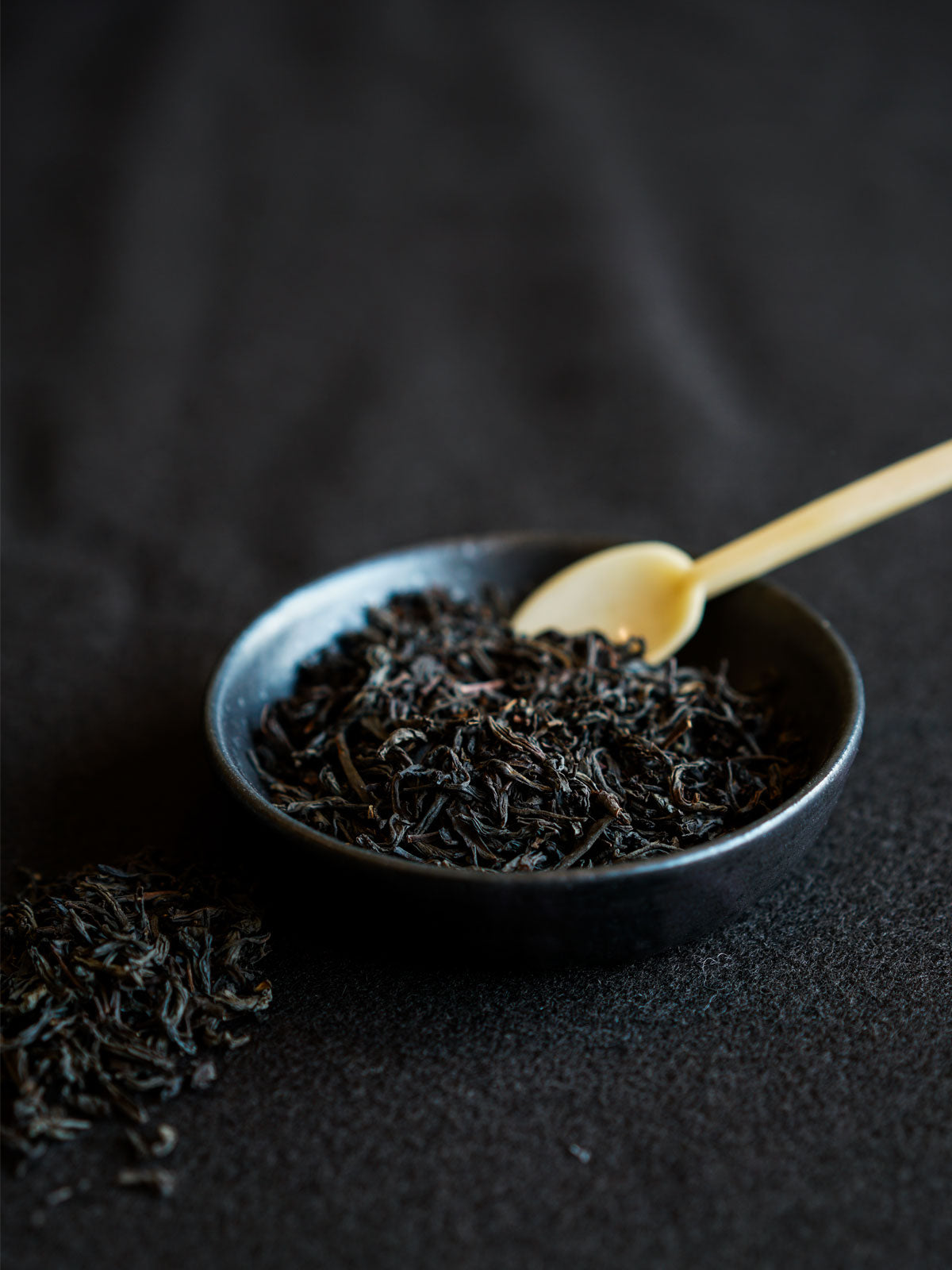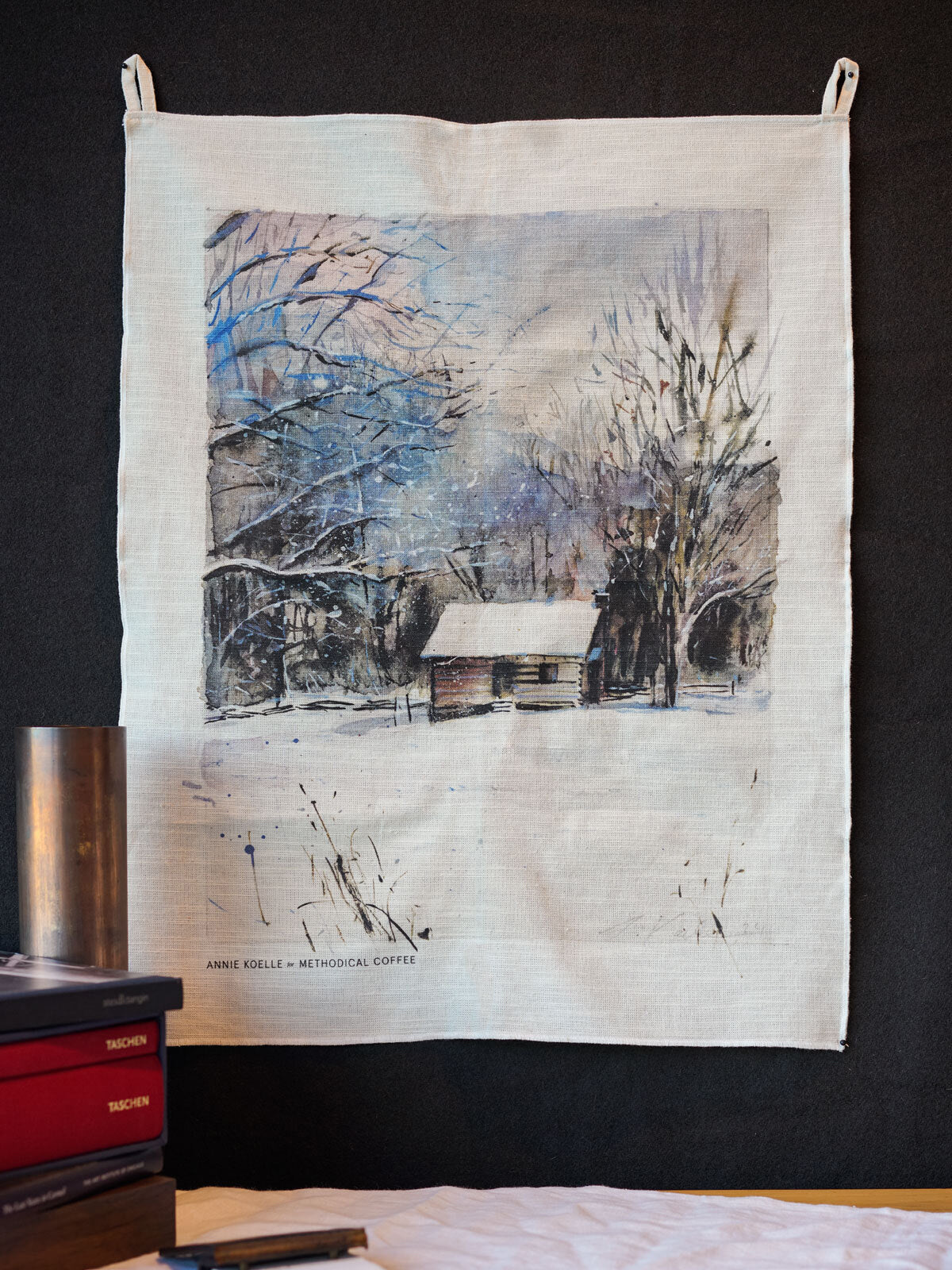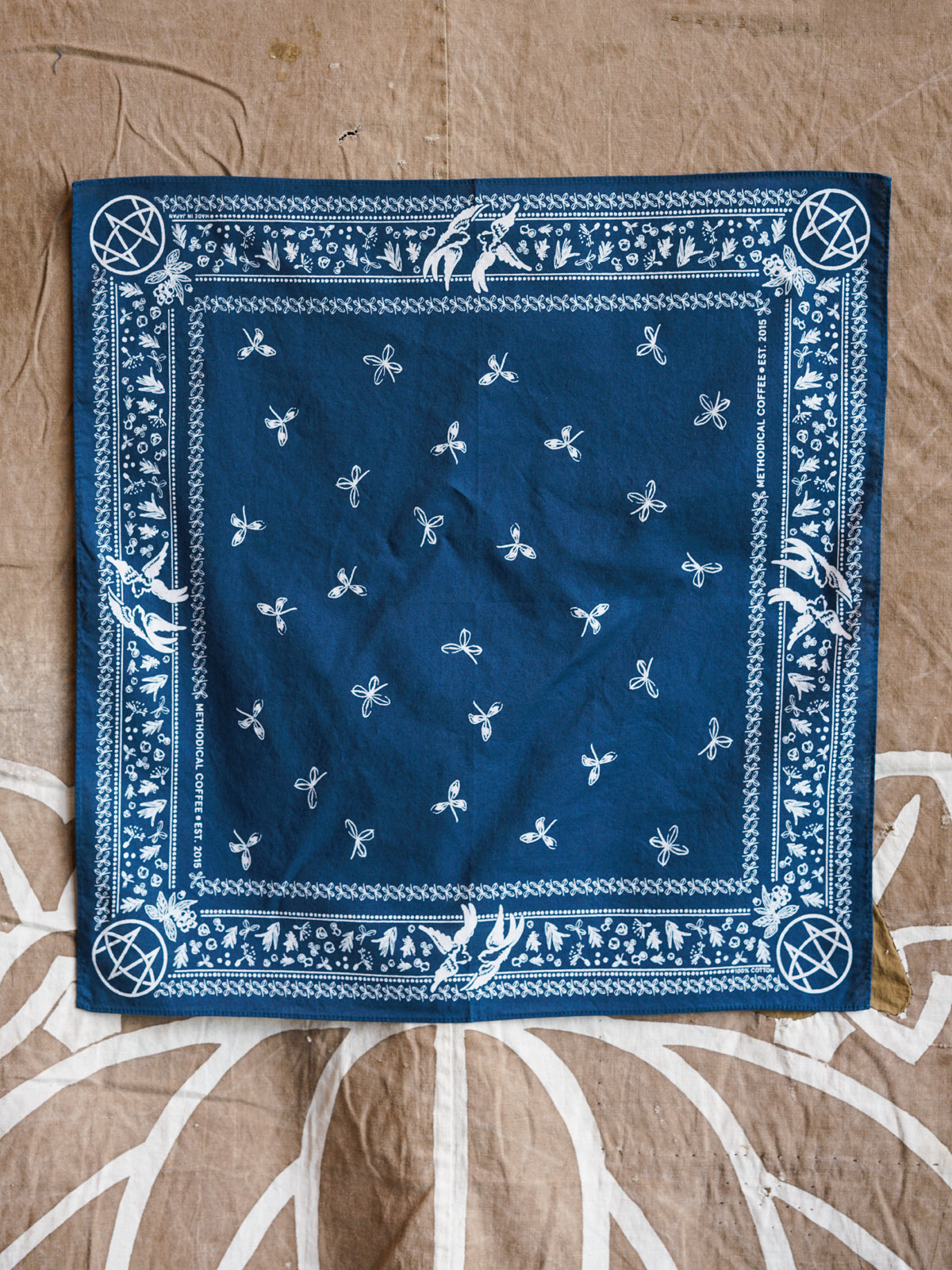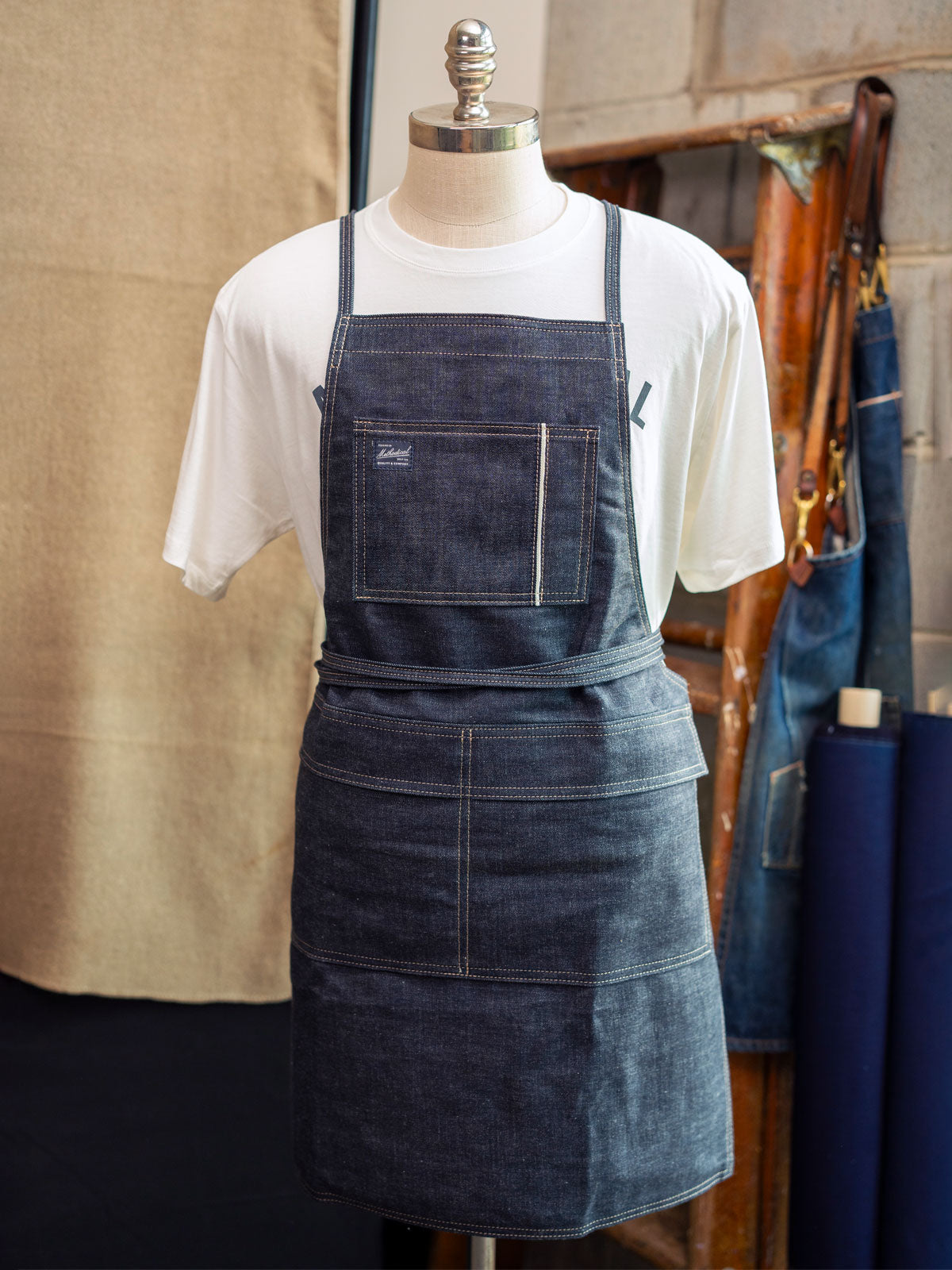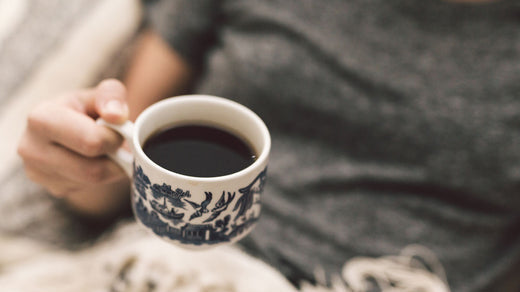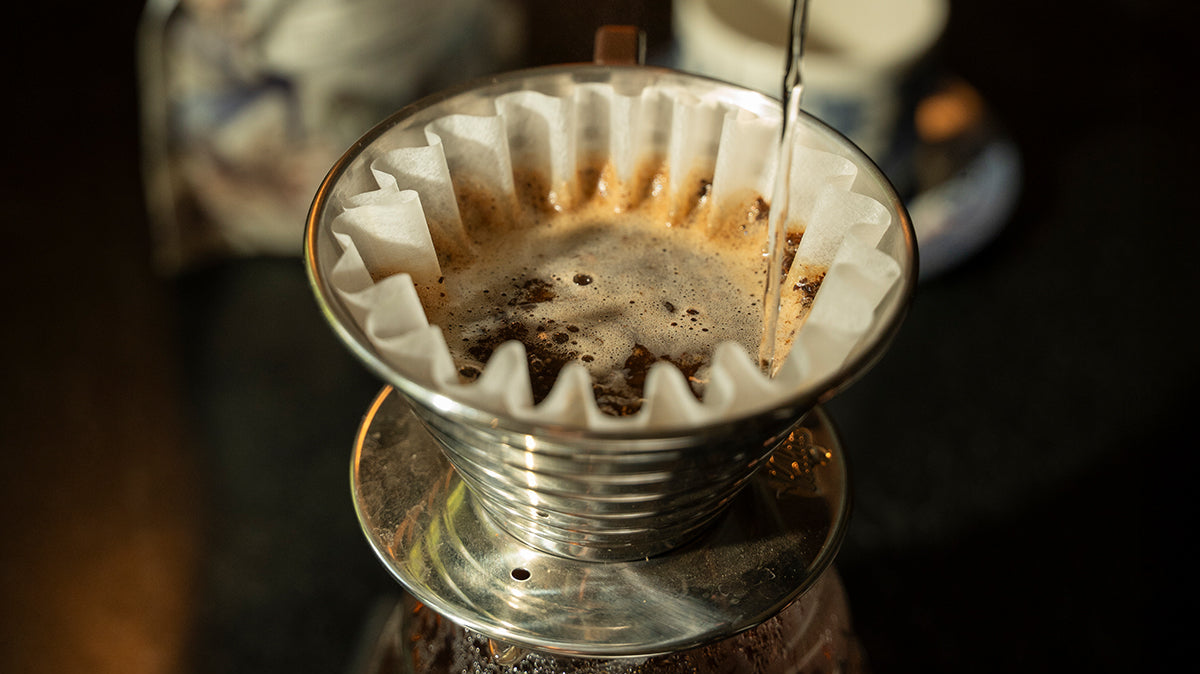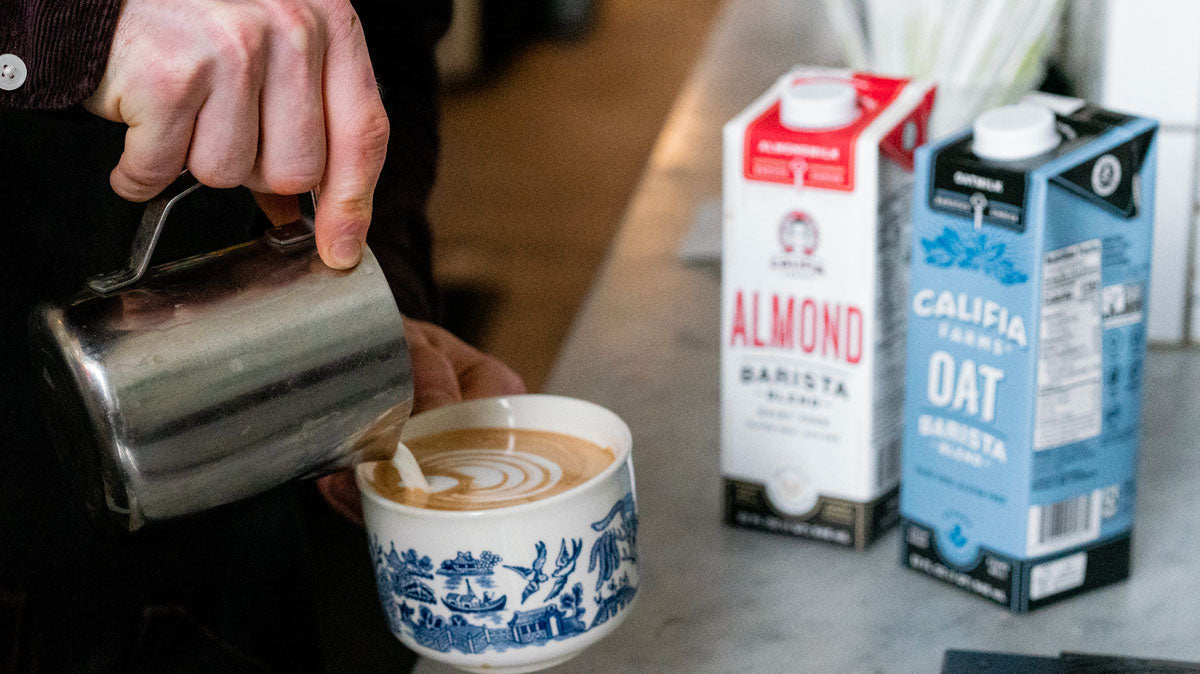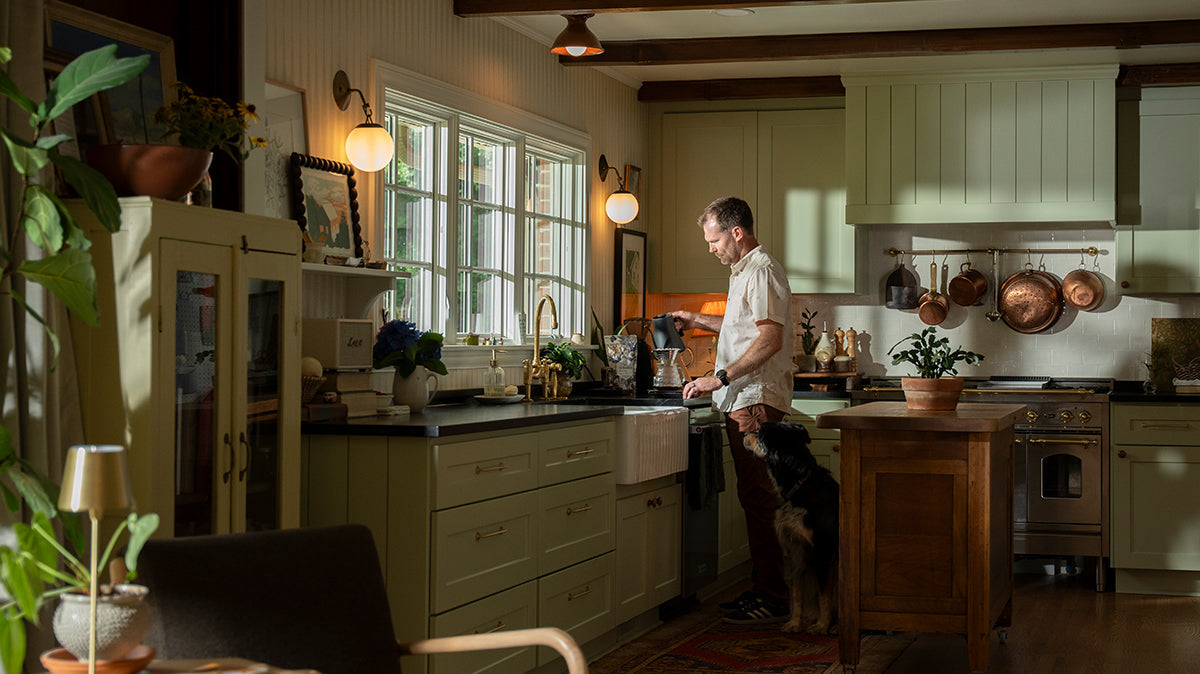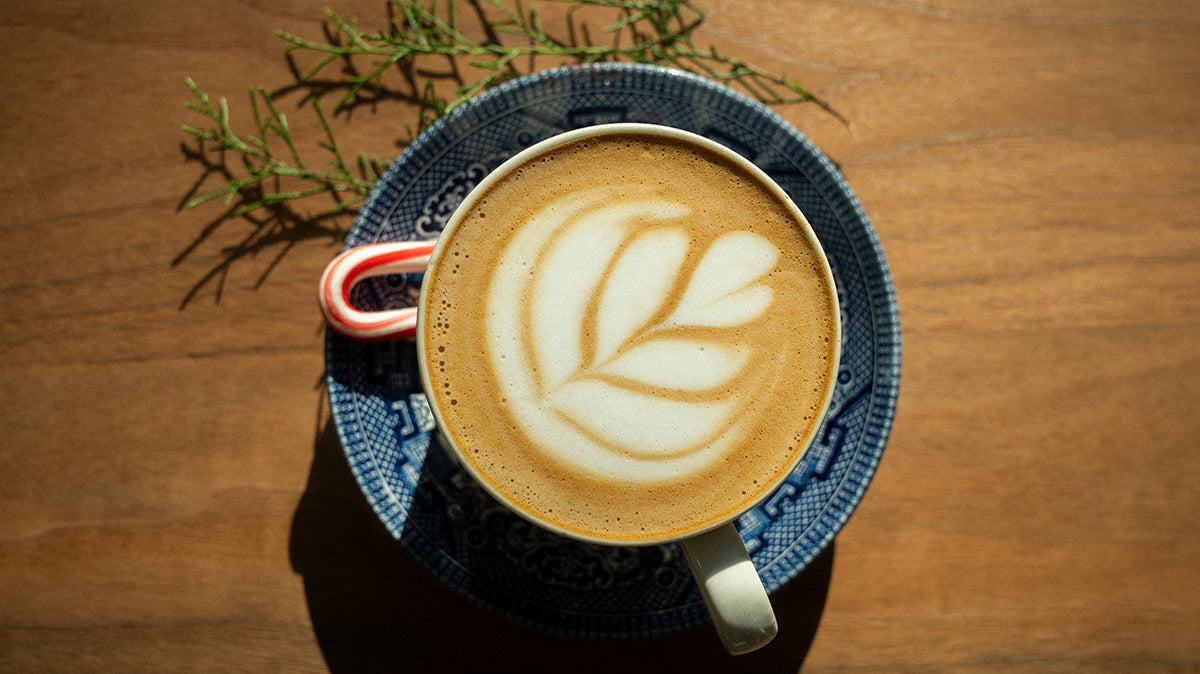Coffee beans are incredibly versatile. Depending on how you grind and brew them, you end up with drastically different results that are all equally delicious. Espresso and French press coffee are two distinct brewing methods that create wildly unique end products that are nonetheless beloved by coffee lovers far and wide. In this guide, we explore the singular characteristics of each brewing method and how the two compare to one another. You’ll not only deepen your coffee knowledge but have a greater appreciation of these brewing methods.
What is Espresso?
Espresso is a little misunderstood in the coffee world. Contrary to what some might think, espresso is not a special type of coffee bean, even though you’ll find many an “espresso roast” in your local grocery store coffee aisle. Espresso is actually a method of brewing coffee accomplished by forcing hot water under pressure through finely ground coffee beans. The result is a strong, concentrated shot of coffee with a robust flavor and rich texture. Espresso is the base of many popular coffee beverages, including lattes, cappuccinos, macchiatos, and Americanos.
Learn more: How to Pull a Shot of Espresso
What is French Press Coffee?
The French press is another popular brewing method for coffee that requires the use of a French press coffee maker, sometimes referred to as a press-pot. With the French press brewing method, you add coarsely ground coffee to the pot and pour hot water over the grounds, allowing the coffee to steep for about four minutes. Once the time is up, you slowly push down the plunger in the French press lid to separate the coffee grounds from the brewed coffee. This process also extracts a decent amount of oil from the coffee, creating a rich, full-bodied flavor that’s difficult to replicate with other brewing methods.
Learn more: How to Brew a French Press
Espresso vs. French Press
Espresso and French press coffee are two distinct brewing methods that result in different flavors, strengths, and textures. Here are some of the key differences between these two great brewing methods.
Equipment
As mentioned, espresso is brewed by forcing hot water under pressure through finely-ground coffee beans, resulting in a shot of concentrated coffee. You can’t truly get the same result with any other brewing method because it requires an espresso machine. An espresso machine is the only way to generate the correct amount of pressure and water volume needed for a shot of espresso.
French press coffee is also reliant on specialized equipment–the French press coffee maker. Brewing French press coffee is a more manual process than brewing espresso; you must manually pour water over the grounds and plunge the coffee once brewing is complete. However, French press coffee makers are far more user-friendly and affordable than espresso machines.
Roast Type
Despite what you might think, you don’t have to use “espresso roast” coffee to make espresso. Espresso roasts are usually darker and stronger than what some cafes use for drip coffee, but plenty of medium and light roast coffees can make excellent espresso. Our Belly Warmer coffee is a dark roast and is everything you would want in a latte or shot of espresso.
Likewise, you can use any type of roast for French press coffee–even ones labeled as “espresso roast.” Our Blue Boy coffee is a great medium roast to enjoy with a French press.
Grind Size
Espresso requires a very fine grind to allow for the high pressure in the brewing process, similar to ground cinnamon. The finely ground coffee allows for a larger surface area and more efficient extraction of flavors when pressurized water passes through it. The fine grind is crucial for the formation of crema—the creamy, tan-colored layer that sits on top of a well-brewed espresso shot. The pressure and the fine grind work together to create an emulsion of oils and gases, contributing to the unique texture and flavor of espresso.
French press coffee requires a coarse grind. Coarse coffee grounds are less prone to over-extraction during the extended steeping time in a French press. Overly fine grinds can lead to bitter and astringent flavors, but a coarse grind ensures a slower extraction process, allowing for a well-balanced and smoother cup of coffee. French presses also feature a metal or nylon mesh filter to separate the coffee grounds from the liquid. A coarse grind is necessary to prevent the fine particles from passing through the filter, resulting in a clean and sediment-free brew.
Learn more: How to Grind Coffee Beans
Ratio of Water to Coffee
The ratio of water to coffee is important for brewing both espresso and French press coffee. With espresso, the end result should be a very strong, concentrated shot of coffee. As such, the water-to-coffee ratio of espresso should be about 2:1. That is, two parts water to one part coffee.
French press coffee shouldn’t be nearly as concentrated as espresso. Additionally, the extended brew time demands a much different water-to-coffee ratio than that of espresso. The ideal ratio of water to coffee in a French press is between 16:1 to 12:1, depending on how strong you want your coffee.
Brewing Time
Brewing time, much like water, is incredibly important for both espresso and French press coffee. Espresso brews quickly, typically in about 25-30 seconds. The short brewing period is ideal for a balanced, flavorful shot. Any longer, and the espresso would become over-extracted and bitter. Any shorter and the espresso shot would be watery and tasteless.
French press coffee has a longer steeping time, usually around 4 minutes. The coarse grounds require the extended brewing time for ideal flavor and mouthfeel. The brew time also helps extract the flavorful coffee oils that French press coffee is known for. A longer brew time would over-extract the coffee and generate a bitter flavor, while a shorter brew time would result in a watery brew.
Flavor and Strength
Espresso is known for its strong, concentrated flavor, and thick, velvety texture. Espresso has a bold and intense taste and can be enjoyed by itself or as the base in coffee drinks. Steamed milk is most commonly served with espresso as it mellows the intense flavor.
Learn more: 8 Best Non-Dairy Milks for Coffee
French press coffee tends to be fuller-bodied with a rich and robust flavor. It has a smoother and less intense taste compared to espresso, so it‘s commonly enjoyed on its own or with some milk.
Texture
Espresso has a creamy and thick crema on top, which contributes to its unique texture. A good crema should be thick, consistent, and have a rich golden-brown color. It adds complexity to the flavor, provides a smooth and velvety texture, and helps retain the aromatic compounds in the coffee.
French press coffee is known for its textured and full-bodied mouthfeel. This brewing method allows for the extraction of coffee oils from the coarsely ground coffee bean, which adds a certain viscosity and silkiness to the coffee, contributing to a smoother and more textured mouthfeel than other types of coffee.
Volume
Espresso on its own is typically only about one or two ounces of coffee. It can be enjoyed by itself or used as the base of an espresso beverage, like a latte or an Americano. French press coffee can be brewed in larger quantities, making it suitable for sharing or for those who prefer a larger cup of coffee.
Both espresso and French press coffee are delicious ways to enjoy America’s favorite beverage. And no matter how you brew it, Methodical Coffee is great for every occasion. Just pick a roast and a brewing method for a little caffeine and a lot of flavor. Browse all our coffees and get brewing today →
You might also like:
- How to Make French Press Espresso
- How to Make a Pour Over Coffee
- French Press vs Pour Over vs Drip Coffee: Which is Best?
- Cappuccino vs Latte vs Macchiato
- Macchiato vs Cortado vs Flat White
- AeroPress vs. French Press: What's the Difference?
- How to Enjoy Black Coffee
- Espresso Machine vs. Coffee Maker: Which is Best for Home Use?


